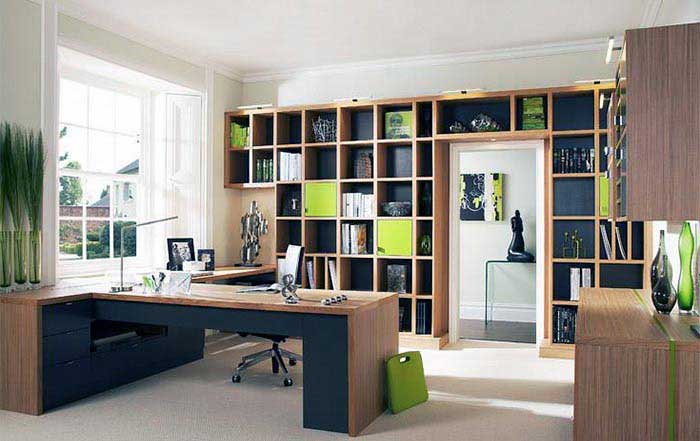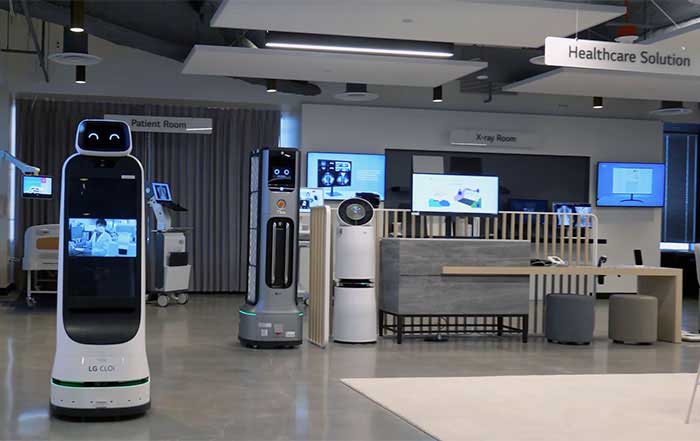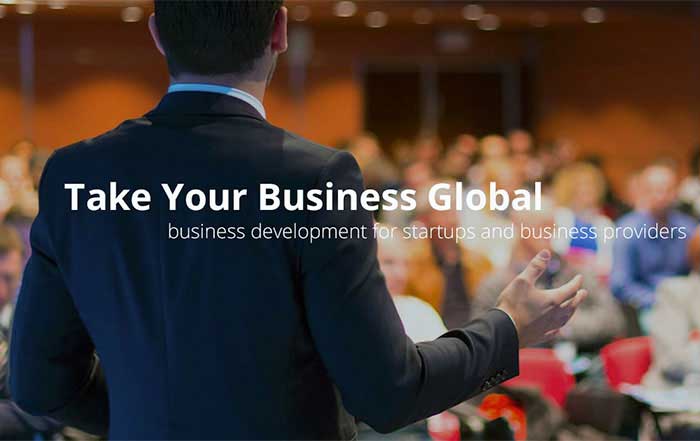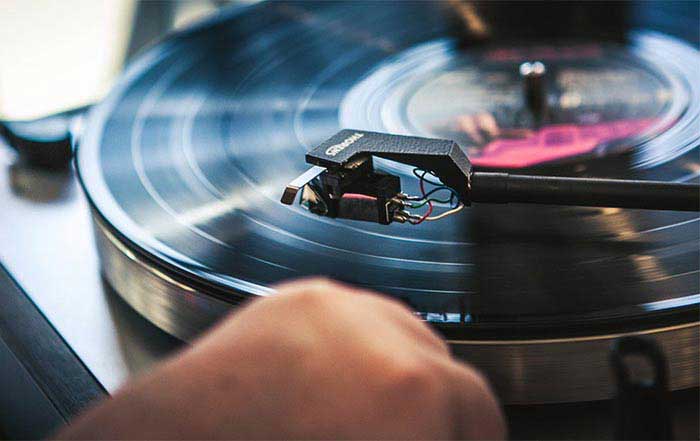Interestingly, in the days and months since the Covid-19 pandemic, several tech companies in the US have announced they'll allow most employees to continue working from home if they so desire. Undoubtedly, the work-at-home arrangement is now a permanent way of life for thousands of workers worldwide. Analysts liberally note that over 2/3 of the US economic activity in a recent year directly impacted employees working from home. So, if you work from home, you need to make this endeavour more effective; it doesn't have to impact your well-being negatively.
As noted, just a few years ago, many may have felt that the concept of working from home was something of an uncertain novelty. Well, even the most sceptical pundits now admit that we're certainly in it for the long haul. Consider this: Many leading tech companies, including Microsoft and Fujitsu, have decided to give their employees an exciting option- they can choose to work from home if they want to, and they can do this permanently.
And there are even more exciting data: In 2021, a whopping 42% of Americans (ranging between 20 to 64 years) who earned more than $20,000 were actually working from home- full time. This study was conducted by Stanford University. The subjects represented way more than 2/3 of the total US economic activity. Before the pandemic- the same survey noted- only 2% of employees worked full-time from home.
Significantly, Prof Nicholas Bloom, a senior Stanford University scholar, agrees that many employees will likely adopt working from home as a regular work activity. According to the scholar, once the novelty wears off, workers will need to adopt healthy habits to ensure they're more productive and focused during their active work hours. For example, one may need to resist the temptation to do yet another load of laundry after his regular work hours at home. Instead, the scholar advises workers to switch off at the end of a workday.
Microsoft CEO Satya Nadella freely admits that the boundaries between work, play, and rest have been so blurred that most people's personal and work lives cannot be distinguished. "Actually," Ms. Nadella opines, "Sometimes it feels much like we're sleeping at work." Here are some tips for good time-management and work- at -home schedule that workers can apply:
Set, Stick to a Routine: It's a great idea to stick to a workable routine. Doing this allows your life to have a predictable structure. Admittedly, some find it stressful to walk the tight rope between personal time and work. Thus, it's practical to set up a workable schedule.
For example, try to get up and take your breakfast at the same time every day. Try to stick to a predictable commute time- this means you should try to exercise, listen to some music or read every day before starting work. It's essential to stop working when your workday stops. This actually means a complete shutdown; focus keenly on your home life and avoid work-life activities like checking emails at such times.
Have a dedicated workspace: Take time to identify a quiet place or space away from disturbances, distractions, and people. Try to designate a specific area, marking it out as your special workplace. Make this place as comfortable as it can. Make sure you've everything you need in this one place.
Take a break: There's no doubt about it- it's essential to take a well-deserved break. While working at home, it can sometimes feel like one needs to stay at work all the time- this is unhealthy; it can even affect one's mental health. Hence, workers need to ensure they take regular breaks during lunch or other times. Try to focus on things completely unrelated to work. Keep your stress levels well managed. Take some coffee, take a walk; such activities can boost your productivity levels. It's advisable to try doing a 10-minute workout whenever possible.
Stay connected: Keep in mind that some people report feeling isolated despite the benefits of working at home. We all know how important human interaction is for general mental well-being. Pick up a phone, and set up a few video calls. If you're really struggling, try to speak to your manager or some colleagues; ask others how they're doing. You can even take some time to socialize virtually with others. You can schedule a digital break; have a Friday online get-together if possible. On the other end, arrange to have some in-person meetings, whether for coffee or lunch- whatever works.




